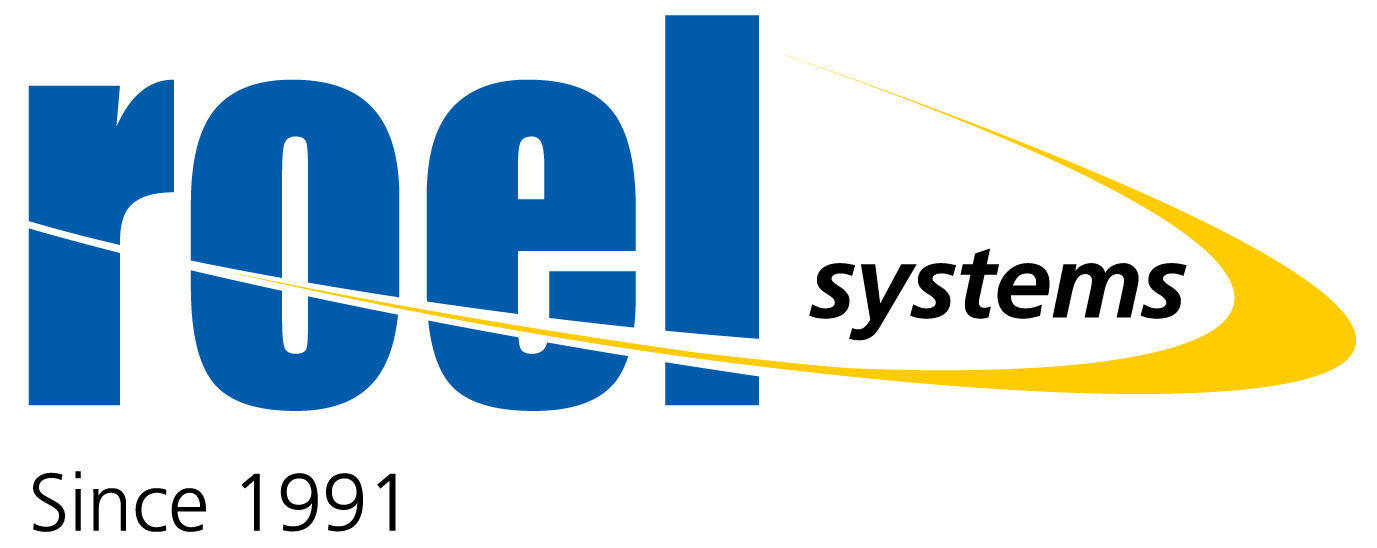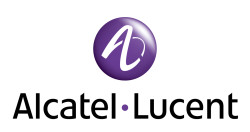Modern telephone systems are indissolubly linked to the structured networks using their standardized infrastructure.
Since the first PBXs that required human personnel for routing calls, technological evolution of the PBX was exponential and led to hybrid PBXs, digital and VoIP, which covers a number of users from several positions and reaching hundreds or thousands of users .
It is noticed lately a migration from conventional PBX telephony (PBX private branch exchange) to IP PBXs (with the possibility of directing calls via the internet – VoIP) and even to Hosted PBX (virtual PABX).
The structure of a telephone system consists of:
- PBX (classical, IP or virtual)
- Terminal equipments (analog or IP telephones, applications for PC and / or phone, fax and multifunction devices).
Last generation telephone systems are scalable and distribute as functions in the sphere of other areas, allowing connection to nonspecific equipment until recently, such as:
- intercom and video intercom subsystems (conventional or IP);
- teleconference subsystems;
- nurse call subsystems;
- They allow direct or using associated equipment the monitoring and recording of calls, including video calls or Fax2Mail or voice2mail type.








